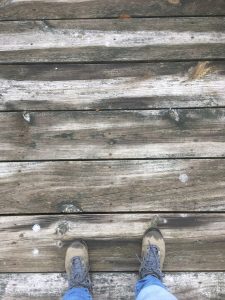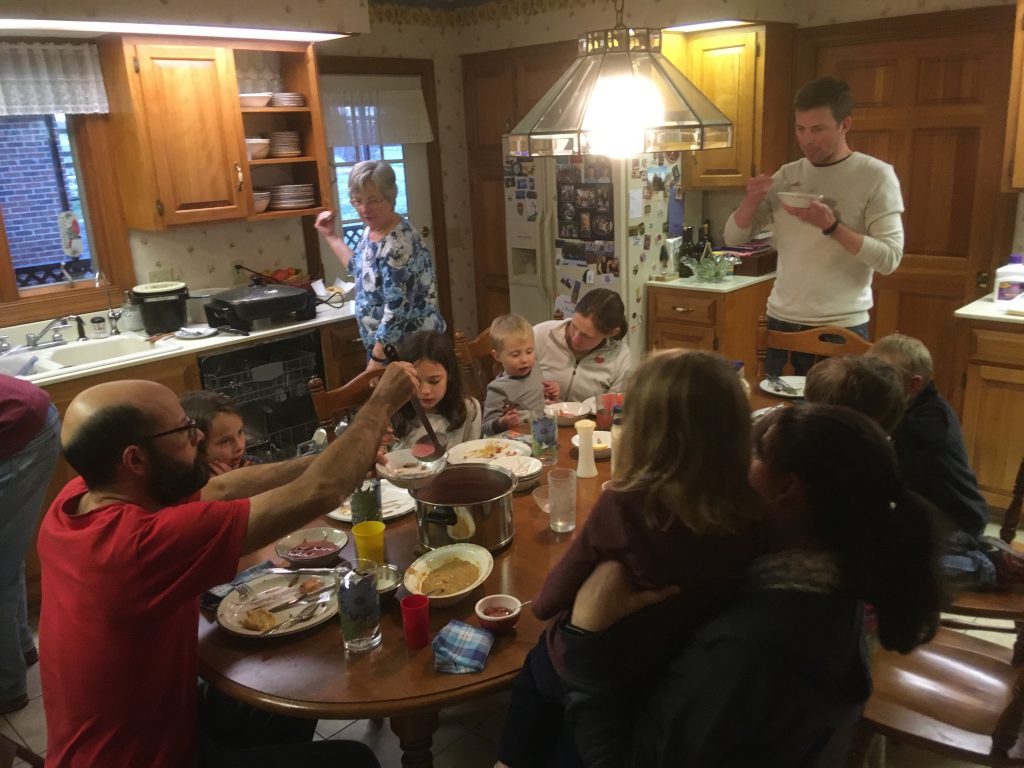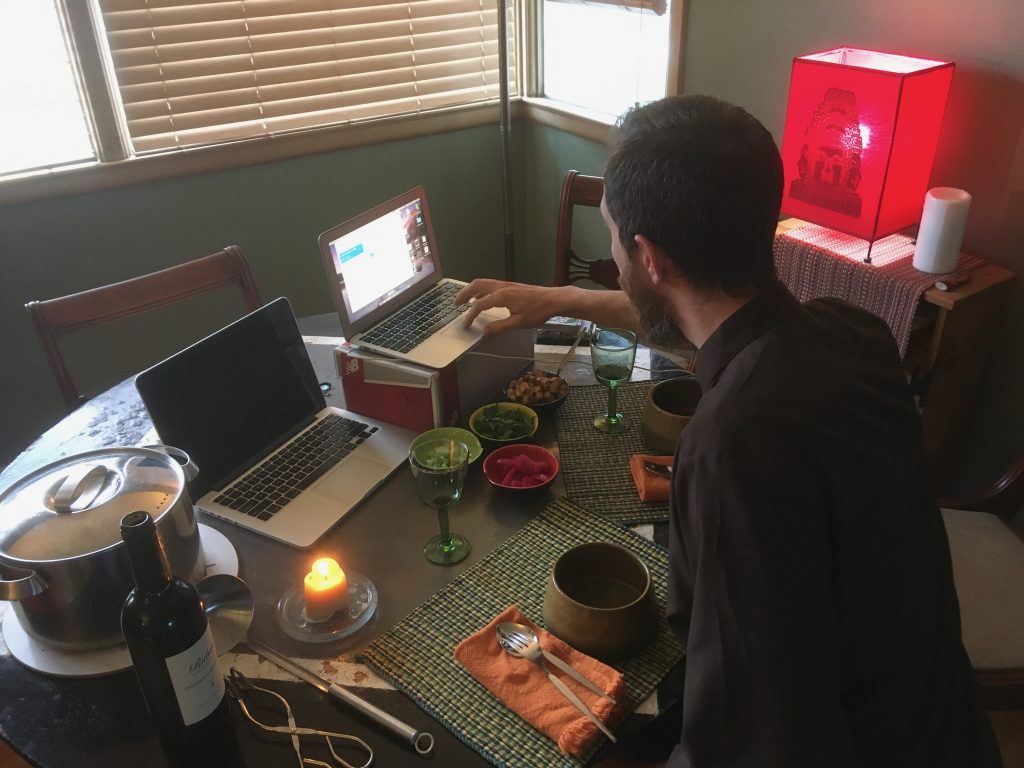When COVID Changed Me

In conversations about “returning to church,” one of the key questions that I think each church needs to reflect on is, “How has the church been changed by the pandemic?” (In a forthcoming essay to be published in the Anabaptist World, I offer why I think this is a necessary question.)
I also think it’s an important question for followers of Christ to reflect on for our own spiritual growth and formation over the last year. Here are two personal takeaways from how the pandemic has changed me.
Losing Control / Needing to Surrender
One of the first things I and others came to grips with was just how little we could control. Facing the virus meant facing the façades we have built in Western civilization, namely that of individual power.
White folks especially don’t like losing control or recognizing the truth about how little we actually control. We might be okay with losing control if we feel like we’re choosing it (playing into a martyr complex), but to choose to lose power is to still be in control.
Sadly, I have not escaped this malformation, either.
But somewhere, in the midst of 2020, I felt a nudge to surrender. To let trust develop, particularly in my relationship with God. It was/is hard to relinquish a sense that “I’ve got this,” especially when I’m supposed to be leading a group of people. But the truth of the matter was I couldn’t do much. It was a wake-up call to my finitude and mortality.
It’s hard to surrender (the fallacy of) control, even in order to open oneself to the Divine within and around us. Letting go of controlling outcomes requires vulnerability, another thing white folks often feel a “right” to be shielded from (due to white privilege).
But a life of vulnerability and yieldedness (Gelassenheit) is actually at the heart of the gospel–a challenge that changed me in 2020 and changes me still.
Worship and Trauma
Webinars proliferated in the early months of the pandemic. Everyone and their mother was offering spaces to gather and process the pandemic’s effects. I signed up for a lot of these webinars—some better than others. One, featuring my pastoral care professor from seminary, changed me.
He mentioned that in any given Sunday worship, a pastor should expect that about a third of the congregation is actively grieving something. With COVID, though, he said that number was now a full 100%. That was the first inkling I had that worship planning, and specifically preaching, needed to take our community’s grief and trauma into account more thoroughly.
With the murders of Breonna Turner and George Floyd, my attention turned to the trauma of white supremacy. Reading My Grandmother’s Hands and Words That Heal: Preaching Hope to Wounded Souls, I started taking more care to craft sermons and services that attended to the unhealed trauma that nearly all of us carry around. I have been challenged to honor my own traumatic experiences and to confront the deeply embedded trauma of white supremacy within me.

One result of these two things: COVID has changed my sermon writing process.
Pre-COVID, I had a neat, day-by-day order of what I did when.* When COVID hit though, each day was full with a week’s worth of uncertainty and disorientation. I found myself having a lot more to emotionally process before I could start writing. Many weeks, I only felt ready to start writing a first draft on Saturday afternoon.
This was a shock to my careful (semi-perfectionistic) process. I had lost control of comfortable patterns and expectations about how sermons come together. Instead, I felt nudged (or sometimes forced) into relying on the Spirit’s presence in my writing. It felt dangerous. I felt vulnerable.
In its place, I experienced a heightened awareness of speaking carefully and gently to the wounded souls on my screen. I knew what weighed many of them down; we were hitting refresh on the same data dashboards and newsfeeds. The sermons probably weren’t “great” in a classical sense, which provided a necessary check on my ego. Yet, it surprised me every week that a sermon came together, and the process was still marked with joy.
As time has gone on, I’m closer to my original sermon prep process; I’m not changed to the point of always waiting until Saturday to write my sermons. (I do like doing other things on Saturdays other than work.) But my attitude toward sermon writing has changed. I pay more attention to centering in the Spirit before I start writing.** I’ve also mellowed a bit, having less to prove and more to care for. I’m hopeful that this will prove to be growth.
*I typically read all the lectionary texts a week in advance to familiarize myself with them. On the Monday before a service, I would muddle around the texts again and then hone in on one or two of the texts and formulate themes. (Parts of) Tuesday and Wednesday were spent in reflection, research, and perhaps writing an outline. Thursday was my writing day with the goal of getting a rough draft completed. Taking Friday off, I returned to my draft on Saturday morning to smooth the edges and clarify my main points. Sunday, I print it off, practice running through it a few times, and scribble changes in the margins.
**In a worship class in seminary, the professor taught us to have a prayer that we say each time we sit down to work on a service. I use the following prayer, which is adapted from Annie Heppenstall’s book, The Book of Uncommon Prayer. It is a prayer for the season of Epiphany.
Loving God, be a lamp to my feet,
the brightest star in my sky;
guide me to what is of true worth,
and give me courage and diligence to keep searching
until I find for myself
that which draws forth my delight and awe,
the revelation of your presence within me.
Amen.


